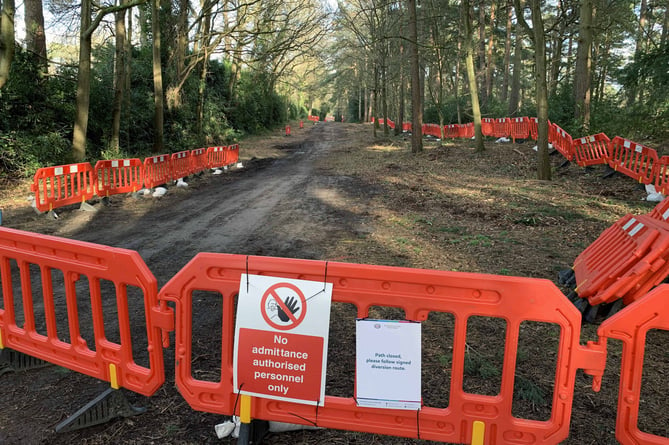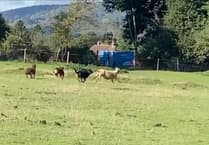Work on the East Hampshire section of a £150 million pipeline between Southampton and London is almost complete.
The Esso aviation fuel pipeline will run from its Fawley Refinery to its West London terminal storage facility in Hounslow, which provides fuel for several major airports.
It will replace 97km of an existing 105km that was constructed between 1969 and 1973 to supply oil to large industrial sites and oil-fired power stations.
Having been in operation for more than 40 years, Esso is renewing the pipeline to retain a reliable flow of aviation fuel to airports.
It is estimated the new pipeline will keep 100 oil tankers off the roads between Fawley and Hounslow.
After preliminary work last year, the main construction work to install the replacement pipeline began this year, and it is planned to be completed in 2023.
The East Hampshire section of the new underground pipe runs about a mile or so to the west of the A32 from Bishop’s Waltham up the Meon Valley.
It then passes between Petersfield and Alresford, heads between Bordon and Alton to a pumping station there and then on to Farnborough and London.
On the way it goes under the A272 at Bramdean, the A32 before Alton and the A31 past Alton.
The 300mm pipeline is being laid in open-cut trenches less than one metre wide and also goes under a handful of East Hampshire B roads.
To cross the roads, contractors Taylor Woodrow are using trenchless technology, similar to that used for the Channel Tunnel but scaled down, to take the pipeline under roads, rail lines and rivers.
It is also planned that environmental measures will offset the disruption to nature caused by the 20-metre to 30-metre wide work area along the route of the pipe.
For example, more than 20km of hedges in the South Downs National Park are to be restored to provide habitat for wildlife such as dormice and butterflies.
An Esso spokesman said: “As part of the project, we have developed an Environmental Investment Programme that comprises a range of activities along the replacement pipeline route to carry out localised projects such as creating or improving habitats to enhance biodiversity.
“As we install the pipeline, we will implement these environmental commitments to mitigate and reduce the impacts from construction, and after the pipeline is installed, we’ll reinstate the area.
“Reinstatement of vegetation will generally involve the same or similar species to those removed, and once buried, the pipeline is a quiet neighbour.”
For more information visit the website at https://www.slpproject.co.uk/




